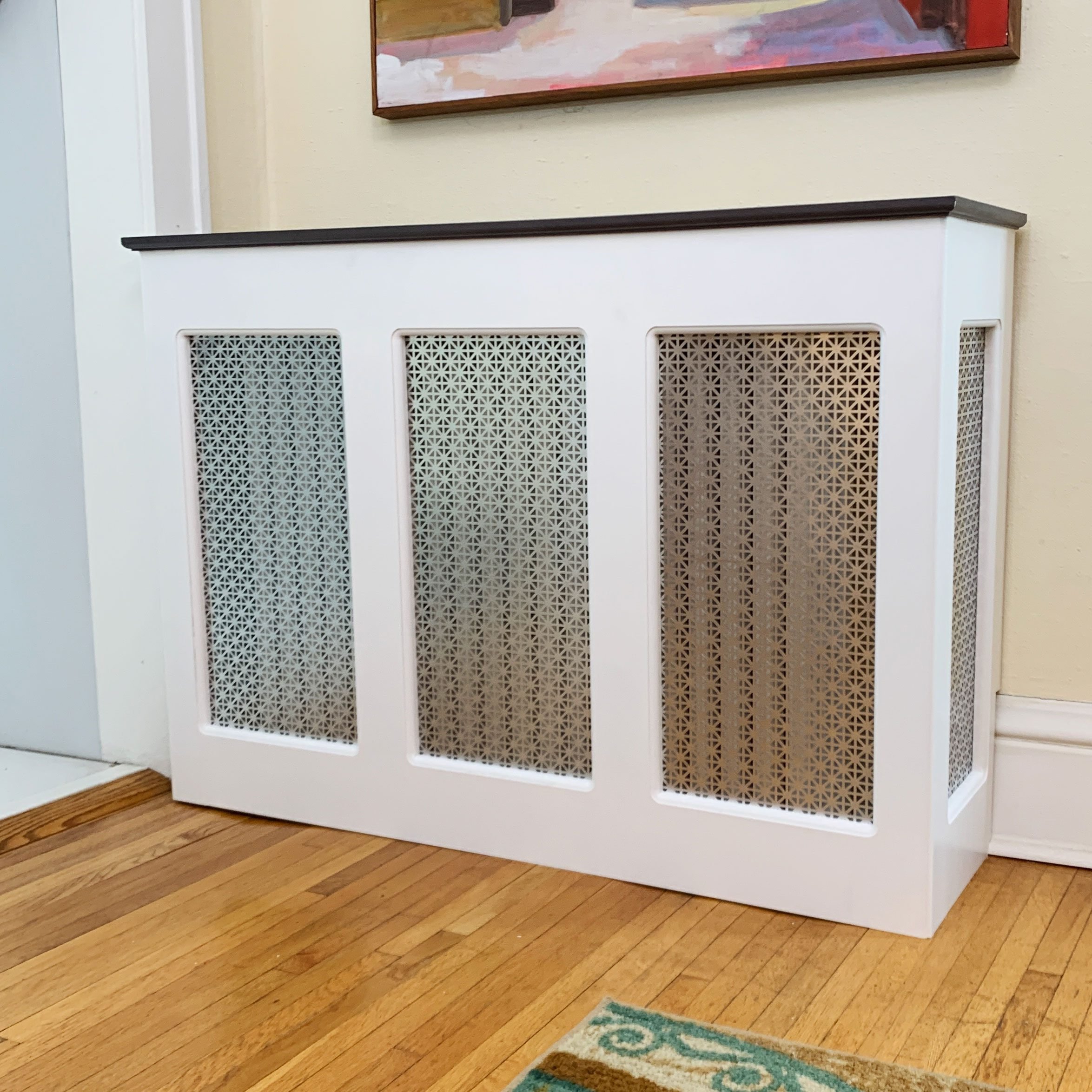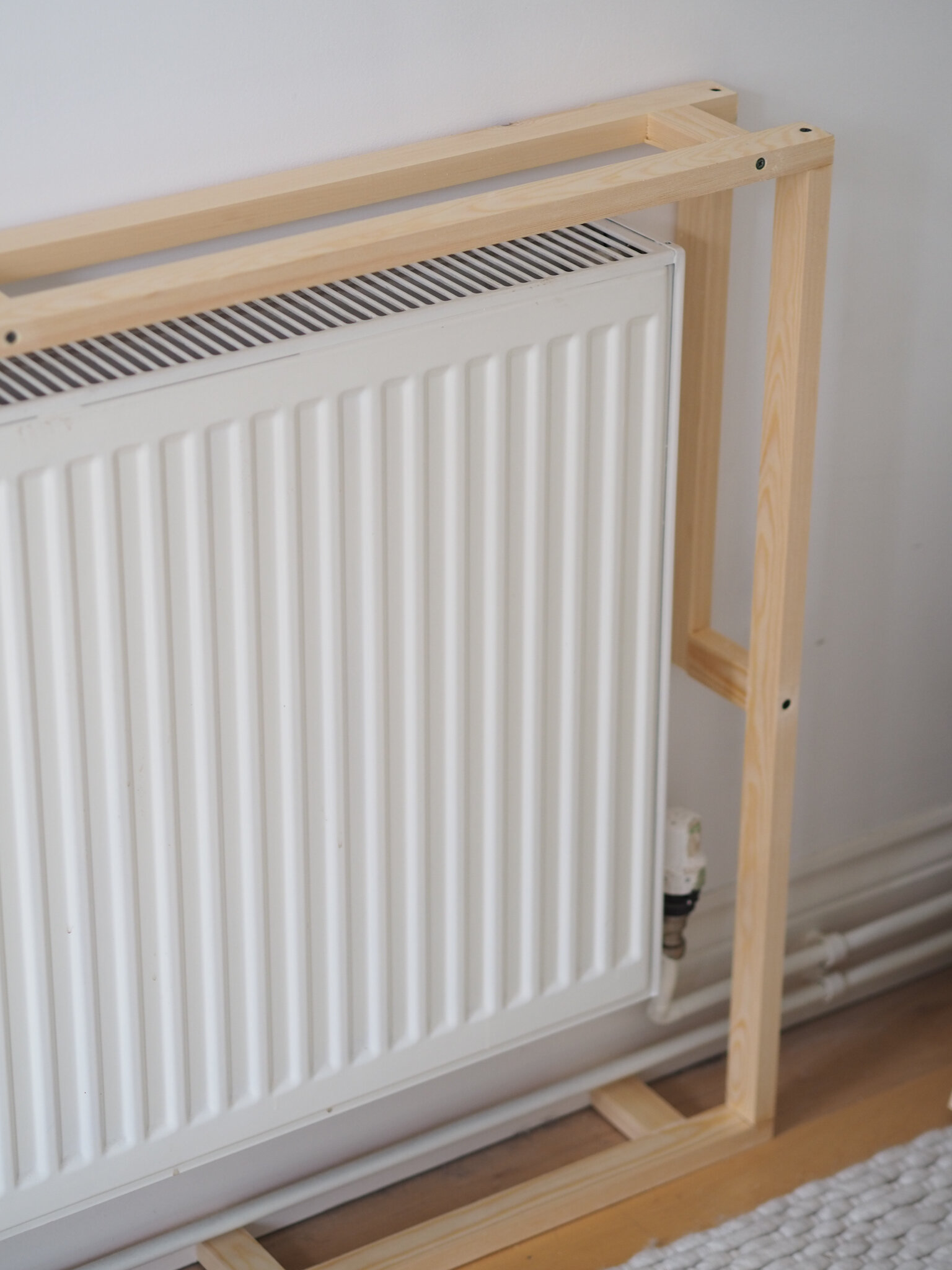The Ultimate Overview to Radiator Cover Materials and Styles
The Ultimate Overview to Radiator Cover Materials and Styles
Blog Article
Radiator Covers: Recognizing Products, Layouts, and Benefits
Radiator covers offer both visual and functional functions within a home, using a range of materials such as mdf, wood, and steel to fit various design preferences. As designs evolveâEUR" from traditional to contemporaryâEUR" these covers not just enhance the visual charm of a space however additionally add to safety and security and power efficiency. Selecting the ideal radiator cover involves recognizing the nuances of products, styles, and their associated advantages. This exploration raises important questions about how these aspects integrate into your living atmosphere and what considerations need to lead your choice process.
Types of Products


Wooden covers, often crafted from hardwoods such as oak or maple, offer a classic, warm look that matches conventional interiors. Their durability and capability to be stained or repainted add to their adaptability. Metal covers, generally made from steel or aluminum, are favored for their effectiveness and modern-day look, frequently including smooth lines that boost contemporary areas.
MDF, a manufactured wood product, is prominent for its cost-effectiveness and convenience of modification. It can be repainted or ended up to match existing style while using a smooth surface area. Plastic covers, while much less common, are light-weight and resistant to wetness, making them appropriate for damp settings.
Eventually, the choice of product for a radiator cover must line up with the home owner's design choices, useful demands, and the details environment where the cover will be set up. Each material supplies a distinctive character, making certain that there is a choice to fit every preference and setting.
Popular Design Styles
Stressing visual charm, preferred style styles for radiator covers reflect an array of tastes and interior decoration trends. Standard designs usually feature elaborate woodwork and luxuriant describing, making them ideal for traditional or vintage-inspired interiors. These covers commonly include carved components, providing a warm and welcoming feeling to any type of area.
In comparison, modern layouts concentrate on minimalist visual appeals, identified by clean lines and understated elegance. Products such as metal or smooth wood with a smooth finish are generally made use of, enabling these covers to blend effortlessly into modern rooms. Industrial styles, on the other hand, accept raw materials like subjected steel and concrete, adding a strong declaration to loft or urban setups.
For those looking for an one-of-a-kind touch, bespoke layouts provide customization alternatives that provide to individual choices, making it possible for home owners to pick shades, patterns, and products that enhance their style. In addition, farmhouse-style covers incorporate rustic components, featuring distressed timber and straightforward kinds that evoke a comfortable, country beauty.
Advantages of Radiator Covers
Radiator covers not just enhance the visual allure of a space but also offer a number of functional advantages that make them a beneficial addition to any type of home. Among the primary advantages is security, especially in households with youngsters or animals. Covers decrease the threat of burns from hot radiator surfaces, guaranteeing a safer environment.
Furthermore, radiator covers can enhance energy effectiveness. By guiding warmth right into the room as opposed to allowing it to get away, they help maintain a constant temperature level, minimizing home heating costs in time. This is especially useful in older homes where radiator systems may be much less effective.
One more noteworthy benefit is noise decrease. Radiators can occasionally produce unwanted audios throughout procedure, and covers can assist stifle these noises, adding to a much more calm living room. Furthermore, radiator covers can be functional, giving additional storage space or screen space, thus making best use of the utility of often-overlooked areas.
Lastly, they can safeguard radiators from dirt and debris, which can prevent efficiency and boost maintenance requirements. go to these guys With these incorporated benefits, radiator covers become a functional option for improving both the performance and design of any type of home setting.
Installment Considerations
Setting up radiator covers calls for cautious consideration to make certain both performance and safety and security (Radiator cover). Analyze the dimensions of your radiator and the surrounding area to make sure a correct fit. Accurate measurements are crucial; an ill-fitting cover can block warmth circulation or develop security threats
Next, review the material of the cover. While timber offers aesthetic appeal, metal options might provide far better sturdiness and warmth resistance. Think about the weight of the cover too; heavier covers may require added assistance or reinforcements to prevent drooping or damage over time.
Ventilation is an additional important facet. Covers should include sufficient air movement to avoid getting too hot and preserve reliable home heating. Search for styles with slats or perforations that permit warmth to distribute without obstruction.
Furthermore, make sure that the cover is firmly installed to avoid mishaps, particularly in homes with family pets or kids. Radiator cover. It's advisable to follow the manufacturer's installment guidelines closely and, if needed, consult a professional for intricate setups
Upkeep and Care Tips
Proper maintenance of radiator covers is essential for ensuring their long life and optimal performance. For repainted or wood covers, take into consideration an ideal polish or protective covering to maintain their appearance.
Examine the covers occasionally for signs of wear or damages, such as cracks or peeling paint. Addressing these problems promptly can prevent more degeneration. Guarantee that the covers are firmly secured and examine for any loose screws or installations, as resonances from the check my source radiator can loosen them in time.
In chillier months, stay clear of putting heavy items or attractive things in addition to the radiator covers, as this can restrain warm distribution and cause unnecessary anxiety to the framework. Consider seasonal upkeep by removing the covers for thorough cleaning and examination throughout warmer months when the heating system is inactive. Embracing these simple treatment suggestions will certainly enhance the efficiency and visual allure of your radiator covers, ensuring they serve their function properly for years to find.

Final Thought
In summary, radiator covers serve as aesthetic and practical enhancements to property spaces. The varied variety of products, including hardwoods, steel, plastic, and mdf, allows for placement with various layout styles such as traditional, contemporary, commercial, and farmhouse. The advantages of these covers extend past safety and power performance to consist of added storage space and dust protection. Mindful consideration of installment and maintenance additional makes sure the durability and performance of radiator covers in any kind of home setting.
Radiator covers offer both practical and visual objectives within a home, providing a range of products such as metal, mdf, and wood to fit various layout preferences. Selecting the click resources ideal radiator cover includes recognizing the nuances of materials, styles, and their linked advantages.Emphasizing visual allure, popular style styles for radiator covers mirror a range of preferences and interior style patterns.Radiator covers not just enhance the visual allure of a room yet additionally offer numerous sensible advantages that make them a beneficial enhancement to any kind of home. Take into consideration the weight of the cover as well; heavier covers might require additional support or supports to stay clear of drooping or damages over time.
Report this page